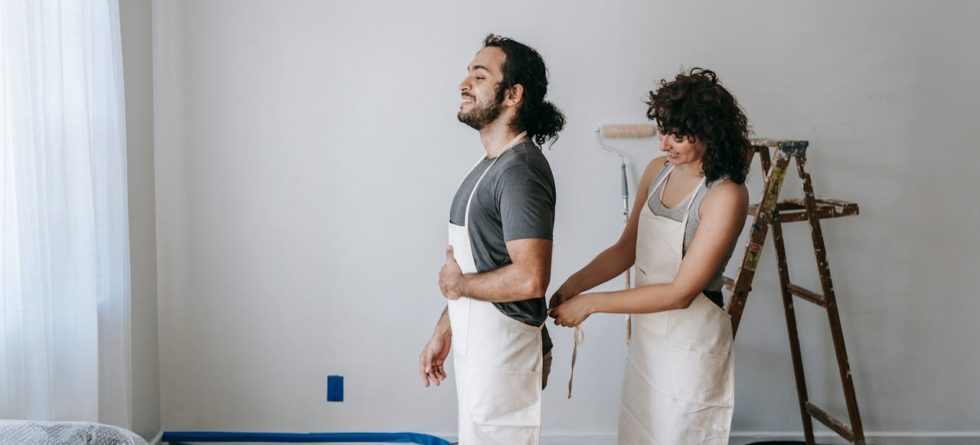Sugar soap is a commonly used cleaning agent in painting projects, but what exactly does it do? In this blog post, we’ll delve into the purpose and benefits of sugar soap before painting, addressing common questions and providing insights into its role in achieving a successful paint job.
Do I Need to Sugar Soap Before Painting?
Yes, sugar soaping before painting is often recommended as an essential step in surface preparation. While it may seem like an extra task, sugar soaping helps ensure a clean and smooth surface for optimal paint adhesion and finish. By removing dirt, grease, and other contaminants, sugar soap prepares the surface and enhances the durability and longevity of the paint job.
What is the Purpose of Sugar Soap?
The primary purpose of sugar soap is to clean and degrease surfaces before painting. Sugar soap contains powerful surfactants that effectively break down and remove dirt, grease, smoke residue, and other impurities from surfaces such as walls, ceilings, and woodwork. By eliminating these contaminants, sugar soap creates a clean and receptive surface for paint, allowing for better adhesion and a more professional finish.
Does Sugar Soap React with Paint?
Sugar soap is specifically formulated for cleaning surfaces before painting and is designed to be compatible with most types of paint. When used according to the manufacturer’s instructions, sugar soap should not react with paint or cause any adverse effects. Ensure that the surface is thoroughly rinsed and allowed to dry completely after sugar soaping to remove any residue before painting.
Can You Use Sugar Soap Instead of Sanding?
While sugar soap is effective for cleaning and degreasing surfaces, it is not a substitute for sanding. Sanding serves a different purpose in surface preparation, namely smoothing out imperfections, removing old paint or varnish, and promoting paint adhesion. While sugar soap can remove surface contaminants, sanding may still be necessary, especially on rough or uneven surfaces, to achieve the desired finish. In some cases, sugar soaping may complement sanding by ensuring that the surface is clean and free of grease before sanding.
In summary, sugar soap plays a crucial role in surface preparation before painting, helping to clean and degrease surfaces for optimal paint adhesion and finish. By removing dirt, grease, and other contaminants, sugar soap ensures that the surface is clean and receptive to paint, enhancing the durability and longevity of the paint job. While sugar soap is not a substitute for sanding, it is an essential step in achieving professional results in your painting projects.


Leave a Comment